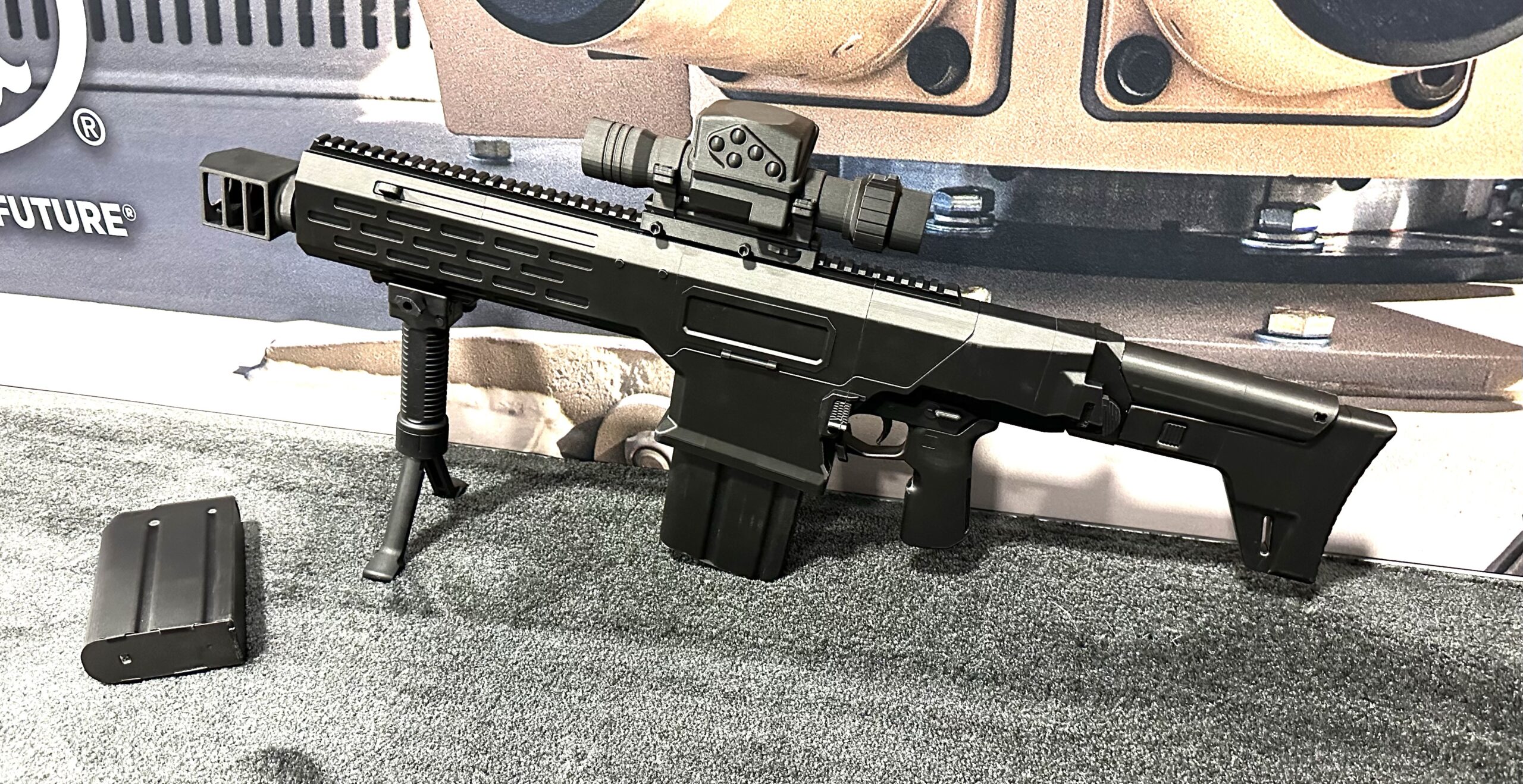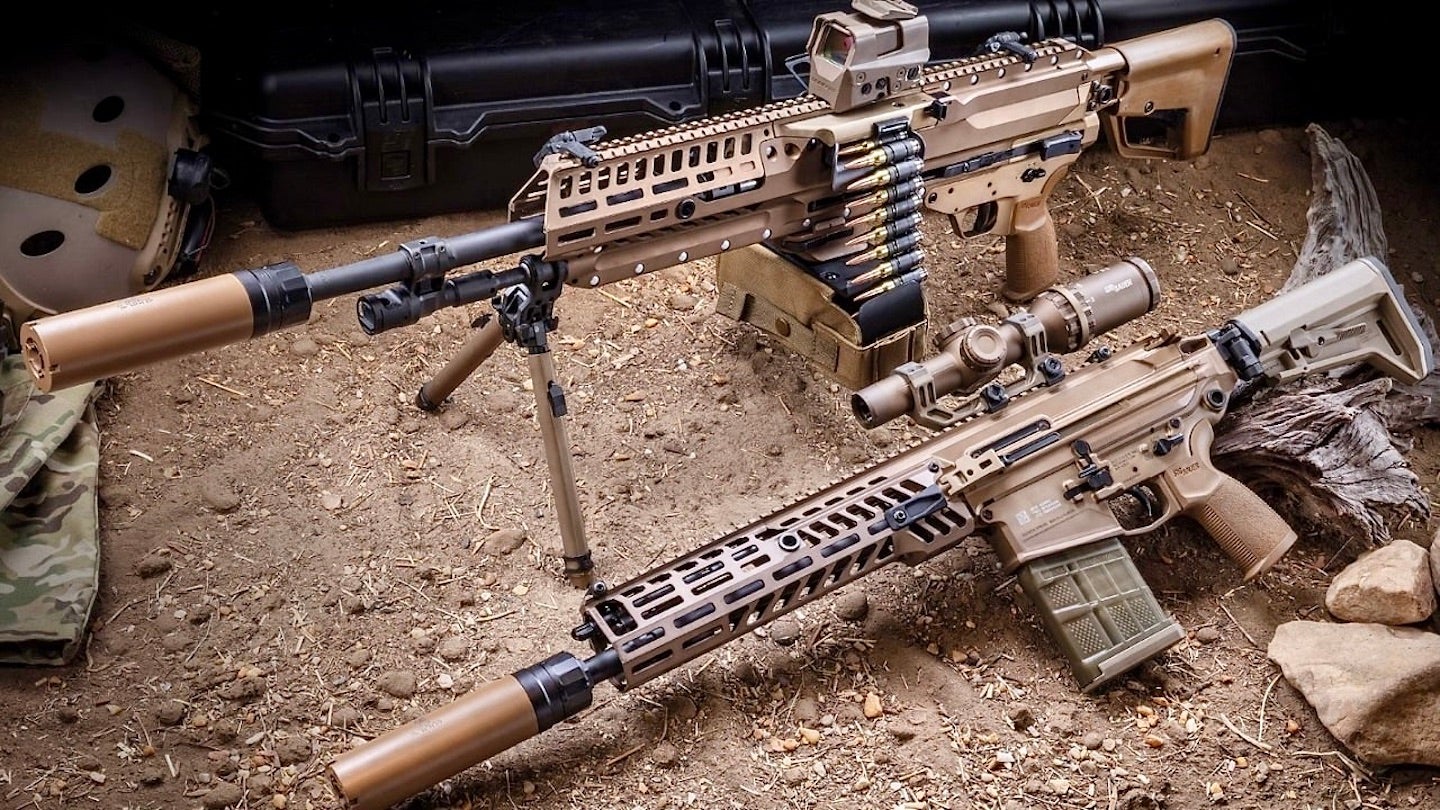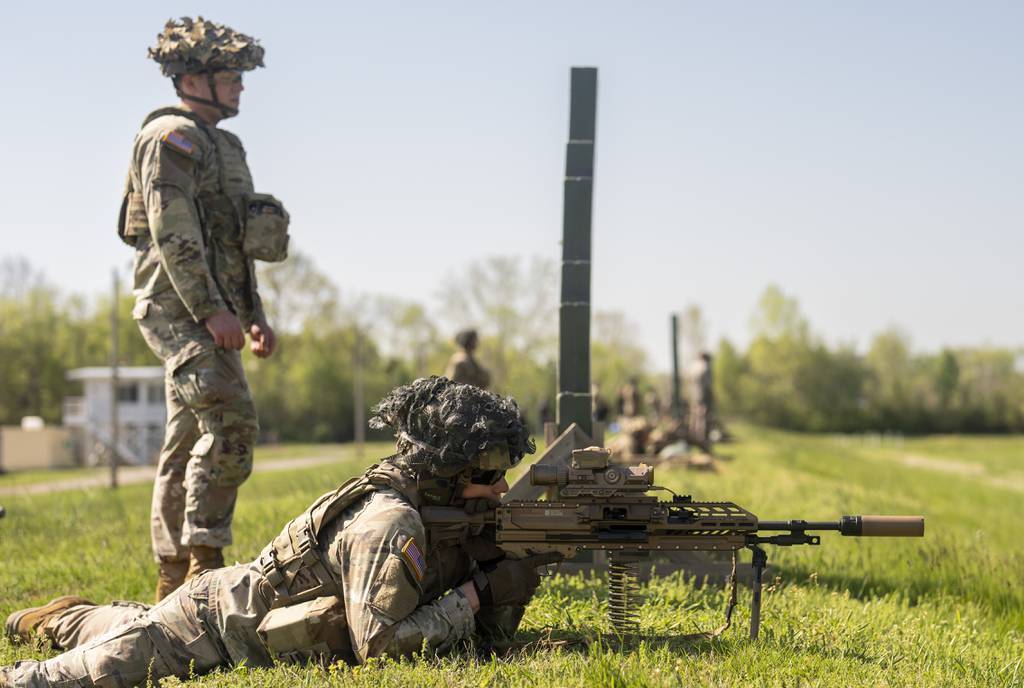- Joined
- 26 January 2011
- Messages
- 2,223
- Reaction score
- 492
They're usually called direct impingement, but compared to the Ljungmann Ag m/42 or Hakim rifles they're quite different. Remember those gas rings on the bolt?
Sounds like your experience is very early on, with those dirty overpressure ball-powder rounds, unchromed barrels and bolt carriers, etc. Oh, and the really bad magazine followers that tilt and cause super-hard-to-clear jams that require the use of thejam enhancerforward assist.
By the 2000s the AR was stupid cheap and very familiar to everyone who had spent time in the US military. And even then it didn't really take off in popularity till the 2010s. Nowadays, I'd bet there's close to 1 AR15 for every person in the US. People who will tell strangers how many guns they have accounted for roughly 25mil civilian AR15s in 2021. I'd much rather trust company-reported production numbers to ATF...
My experience was in the Australian Army. It had adopted in limited numbers of XM16/M16/M16a1s during the Vietnam War and it was usually used by forward scouts to replace the Owen Gun they carried usually. I used it in the late 1980s. It was prone, as I mentioned to stoppages and unexpectedly dropped magazines. It was quite unreliable, particularly compared to the L1a1 rifle we were usually armed with. Which is why I am surprised as to it's supposed popularity. We were taught that it was a direct impingement weapon and that is what Jane's and most other books describe it as.
However, this is a diversion. The main part of my argument is combined arms. What happened to it in the US Army? Why has it's lessons been forgotten? Why are they not being applied?



